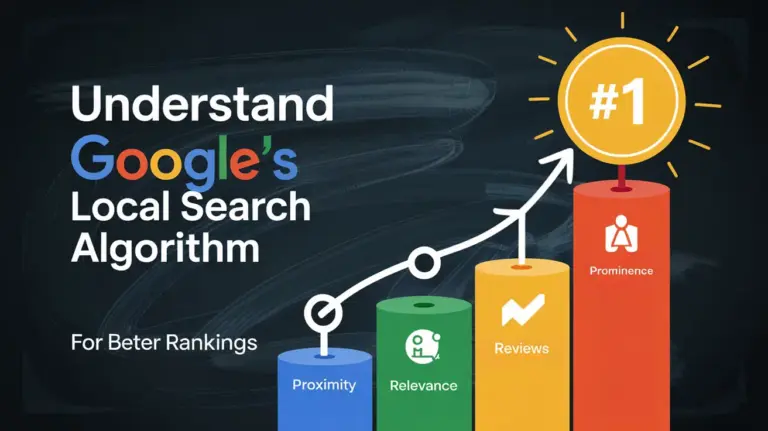Meeting New Cybersecurity Demands: 5 Vital Strategies for Vendors
Protecting sensitive customer data, preserving brand reputation, and ensuring business continuity have become top priorities for organizations across industries. In this blog post, we will explore five crucial strategies vendors can implement to meet the new cybersecurity demands and safeguard their businesses.
- Implement Multi-Factor Authentication (MFA)
Traditional username and password combinations are no longer sufficient to protect against unauthorized access. Vendors should adopt Multi-Factor Authentication (MFA) as an added layer of security. MFA requires users to provide multiple credentials, such as a password and a unique verification code sent to their mobile device or email. By implementing MFA, vendors significantly reduce the risk of unauthorized access, even if a password is compromised. This simple yet effective measure can thwart the majority of automated cyber attacks.
- Regularly Update and Patch Software
Outdated software and unpatched systems are common entry points for cyber attackers. Vendors must prioritize regular updates and patches for all their software, including operating systems, applications, and plugins. Timely updates often include security patches that address known vulnerabilities, preventing attackers from exploiting them. Implementing an automated patch management system can streamline this process and ensure that critical updates are not overlooked. By keeping software up to date, vendors strengthen their defenses against emerging cyber threats.
- Educate and Train Employees
Employees play a critical role in maintaining cybersecurity. Vendors should invest in comprehensive cybersecurity training programs to educate their staff about best practices, common threats, and how to identify and report suspicious activities. Employees should understand the importance of strong passwords, data encryption, phishing awareness, and safe browsing habits. Regular training sessions and simulated phishing exercises can reinforce cybersecurity knowledge and create a security-conscious culture within the organization. Well-informed employees are crucial in mitigating human error-based security breaches.
- Employ Robust Endpoint Protection
Endpoints such as laptops, desktops, and mobile devices serve as gateways to an organization’s network. Vendors must deploy robust endpoint protection solutions that include antivirus software, firewalls, intrusion detection systems, and data encryption capabilities. Endpoint protection helps defend against malware, ransomware, and other malicious attacks targeting vulnerable devices. It is essential to ensure that all endpoints are continuously monitored, and security software is regularly updated to detect and prevent emerging threats effectively.
- Regularly Perform Security Assessments and Penetration Testing
To stay ahead of cyber threats, vendors must conduct regular security assessments and penetration testing. These measures help identify vulnerabilities in the organization’s infrastructure, networks, and applications. By proactively identifying weaknesses, vendors can implement necessary security controls and remediation strategies before attackers exploit them. Engaging third-party cybersecurity experts can provide an unbiased evaluation of the organization’s security posture and help uncover potential blind spots that internal teams may overlook.
Conclusion
In the face of evolving cyber threats, vendors must be proactive and vigilant in meeting the new cybersecurity demands. By implementing multi-factor authentication, regularly updating software, educating employees, employing robust endpoint protection, and conducting regular security assessments, vendors can significantly enhance their security posture and protect their businesses from potential breaches. Cybersecurity is an ongoing journey, and staying informed about emerging threats and evolving security practices is crucial to ensure the safety of customer data and maintain the trust and confidence of stakeholders. Embracing these strategies will enable vendors to navigate the dynamic cybersecurity landscape with resilience and protect their organizations from ever-evolving threats.







